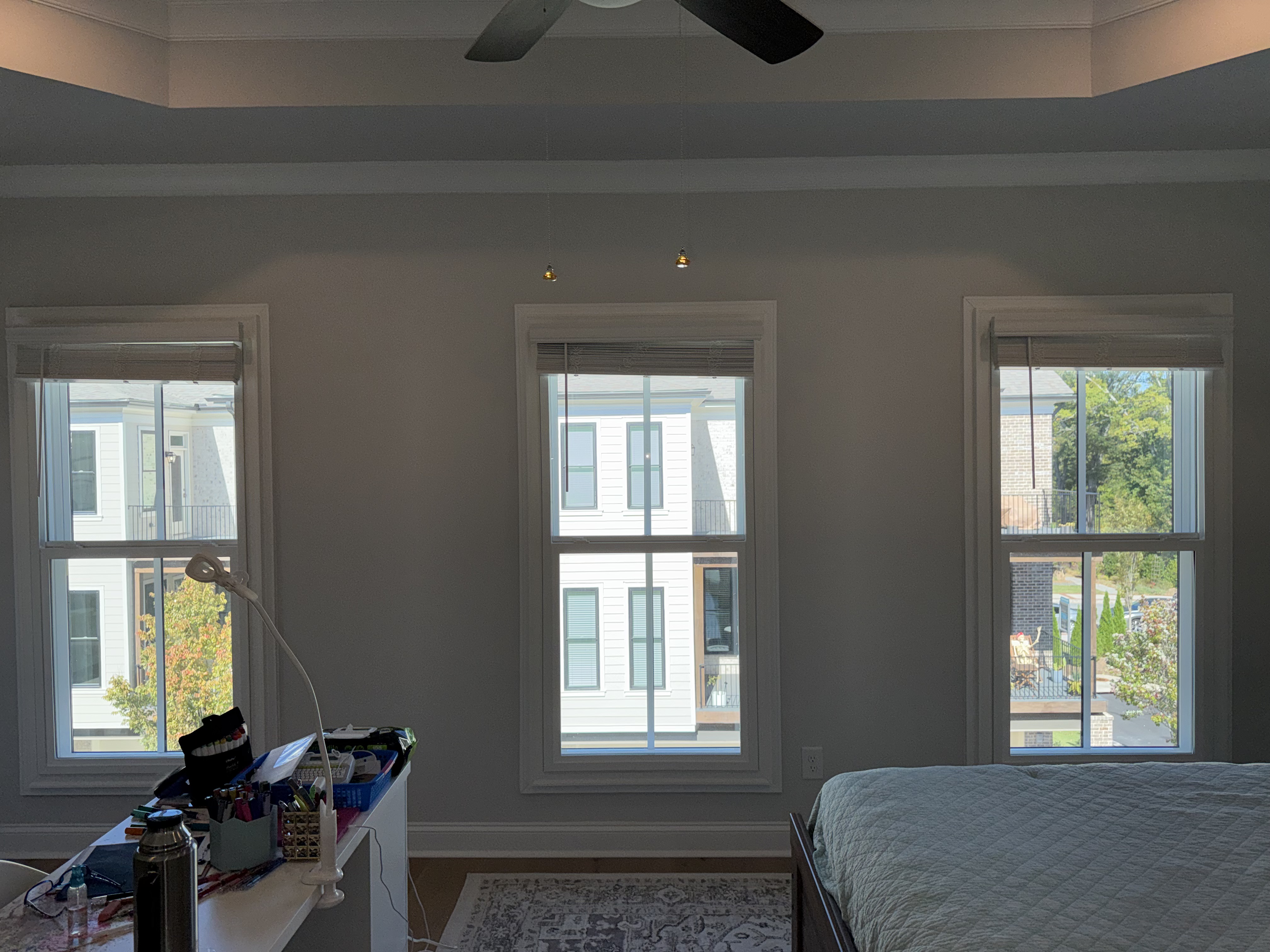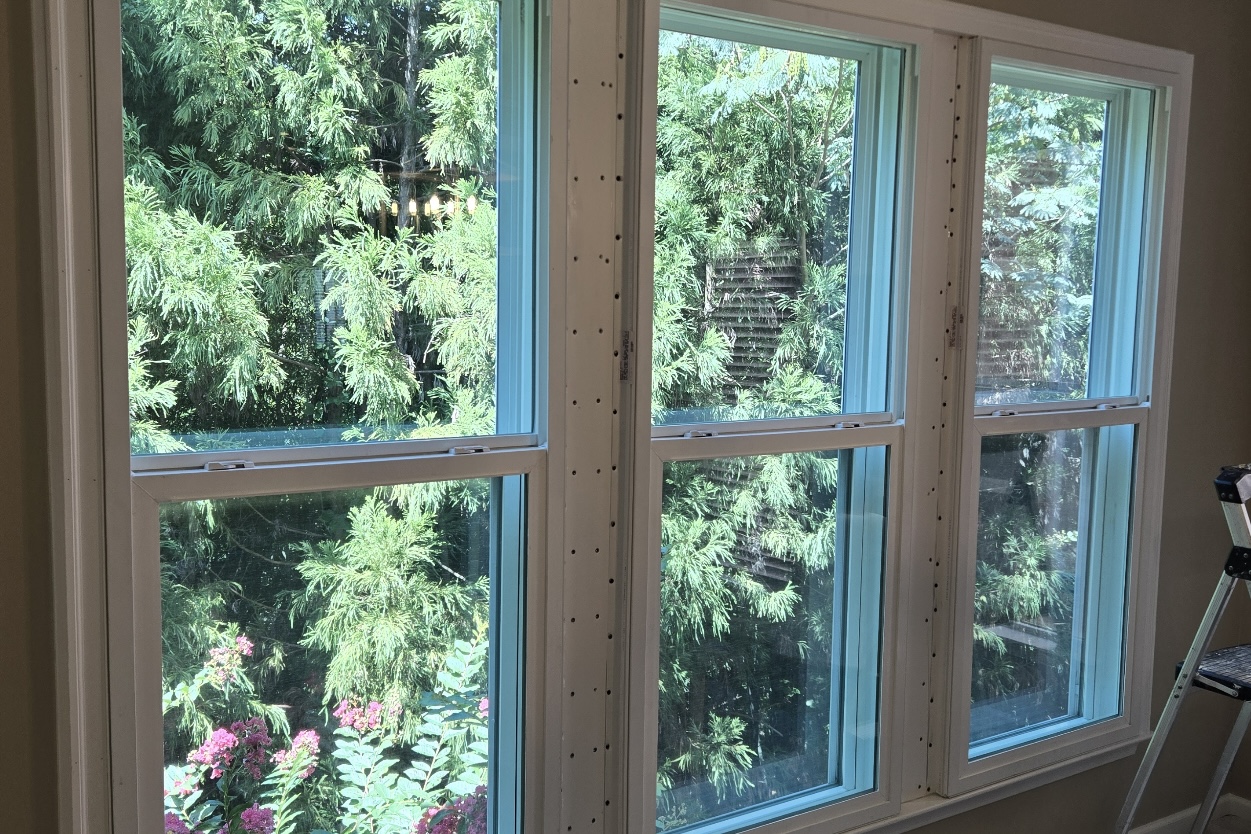Beyond Walls and Curtains: Creative Soundproofing Ideas for Any Space
I. Introduction
Noise pollution is a common problem many faces, whether it's due to living in a noisy neighborhood, working in a bustling office, or dealing with loud roommates. While traditional methods like walls and curtains can help dampen sound, they may not be enough to fully soundproof a space.
Fortunately, there are a variety of creative soundproofing ideas that can effectively reduce noise levels and create a more peaceful environment. This article will explore innovative soundproofing techniques beyond conventional methods, from using plants and furniture to incorporating acoustic panels and artwork.
Whether you want to reduce external noise or simply create a quieter space within your home or office, these soundproofing ideas will inspire you.
II. Traditional soundproofing methods
A. Use of walls and curtains
One of the traditional methods used to soundproof a room is to add additional layers of walls, such as a double layer of drywall, or to add sound-absorbing materials like mass-loaded vinyl, insulation, or acoustic foam to the existing walls. Another option is to use heavy curtains to cover windows or doorways to help block out sound.
B. Their limitations
While these methods can help reduce sound transmission to some extent, they have their limitations. Adding additional walls or layers can be expensive, time-consuming, and may not be feasible in all cases. Moreover, these methods are not always effective in blocking low-frequency sounds that can penetrate through walls, ceilings, and floors. Heavy curtains can also be limited in blocking out sound completely, especially if they are not specifically designed for soundproofing.
C. Their effectiveness
The effectiveness of these traditional methods depends on various factors, such as the materials used, the room's construction, and the sound's frequency and intensity. For example, adding sound-absorbing materials to walls can help reduce the sound that bounces around the room, but it may not do much to block sound from entering or leaving the room. Similarly, heavy curtains can help reduce the amount of sound entering through windows or doorways, but they may not be enough to block out sounds completely.
While these traditional methods can provide some soundproofing, they may not be enough to achieve complete sound isolation. Therefore, it is often recommended to use a combination of different soundproofing techniques to achieve the desired level of sound reduction.
III. Creative soundproofing ideas
A. Use of plants:
Creative soundproofing ideas can involve using unconventional materials, such as plants. Plants effectively absorb sound and can be a great addition to any room looking to reduce noise levels.
- How plants absorb sound:
Plants absorb sound through a process called sound absorption. This process occurs when sound waves enter the plant and are absorbed by the leaves, stems, and branches. The sound energy is dissipated through the plant's cellular structure, reducing the sound waves' intensity.
- Best plants for soundproofing:
When using plants for soundproofing, not all plants are created equal. Some plants are better at absorbing sound than others. The best plants for soundproofing are those with large, broad leaves, as they provide more surface area for sound absorption.
Examples of plants good for soundproofing include the Ficus, which has large leaves and is great for absorbing high-frequency sounds, and the Bamboo palm, known for its high sound absorption capacity.
Other effective plants for soundproofing include the Peace Lily, Rubber Plant, and Spider Plant. It is also worth noting that having multiple plants in a room can provide even greater sound absorption, so don't be afraid to add a few more!
B. Use of carpets and rugs
Firstly, it is important to understand how carpets and rugs absorb sound. When sound waves hit a hard surface, such as a wall or floor, they bounce back and create echoes in the room. This can cause a buildup of noise and make it difficult to have conversations or focus. However, when sound waves hit a soft surface like a carpet or rug, they are absorbed, and the echoes are reduced.
- How they absorb sound
When selecting carpets and rugs for soundproofing, it is important to consider their thickness and density. The thicker and denser the material, it will absorb sound. Materials such as wool felt and shag are great options for soundproofing, as they are naturally dense and provide a lot of cushioning. Additionally, carpets and rugs with a higher pile height will be more effective at absorbing sound.
- Best types of carpets and rugs for soundproofing
Another consideration when selecting carpets and rugs for soundproofing is their placement in the room. Placing rugs and carpets on the floor can help to absorb sound from footsteps and other movements. Hanging carpets on the walls can also be an effective way to absorb sound and reduce echoes.
C. Use of bookcases and shelves
- How they deflect and absorb sound:
Bookcases and shelves can be effective at both deflecting and absorbing sound waves. When sound waves hit a flat surface, they bounce back and can create echoes in the room. Bookcases and shelves, however, have irregular surfaces, which can help break up sound waves and reduce echoes. The books and other objects on the shelves can also absorb sound waves, reducing the noise that bounces around the room.
- Best ways to arrange bookcases and shelves for soundproofing:
Arranging them strategically is important to maximize the soundproofing benefits of bookcases and shelves. Here are some tips:
- Use tall bookcases and shelves: The higher the shelves, the more sound they can absorb and deflect.
- Place bookcases and shelves against walls: This will help prevent sound from escaping the room through the walls.
- Use thick, sturdy shelves: Thicker shelves absorb and deflect sound more effectively.
- Fill the shelves with books and objects: The more items on the shelves, the more sound they can absorb.
D. Use of decorative panels and acoustic tiles
Decorative panels and acoustic tiles are visually appealing and have excellent sound-absorbing properties. With their versatility, they can be creatively incorporated into any space to improve acoustics and reduce noise levels. From using decorative panels as wall art, ceiling tiles, and room dividers to adding acoustic tiles as accents to furniture, these materials offer a unique touch that complements existing decor. Whether in commercial spaces or homes, decorative panels and acoustic tiles can create a more peaceful and comfortable environment while maintaining the aesthetics of the space.
IV. Soundproofing for specific spaces
A. Bedroom
- Challenges of soundproofing a bedroom:
One of the biggest challenges of soundproofing a bedroom is that it needs to be a comfortable and relaxing space, which can be difficult to achieve if you add bulky and unsightly soundproofing materials. Additionally, sound can enter a bedroom from various sources, including outside traffic noise, nearby construction, and noisy neighbors. Sound can also be created within the bedroom, such as snoring or a partner watching TV.
- Specific tips and ideas for soundproofing a bedroom:
Add heavy curtains or blackout shades to your windows. These can help reduce noise from outside and make your bedroom darker and more conducive to sleep.
Install weatherstripping around your windows and doors to help seal out noise.
Use a white noise machine to help mask unwanted sounds.
Consider adding a layer of soundproofing drywall to your walls or using acoustic tiles or panels on the walls or ceiling.
If you have a noisy neighbor, talk to them and try to find a solution. If that doesn't work, consider investing in a white noise machine or earplugs to help block out the noise.
B. Home office
- Challenges of soundproofing a home office
One of the main challenges of soundproofing a home office is that the space is usually not designed with acoustics in mind. Sound can easily travel through thin walls, doors, and windows, making creating a quiet work environment difficult. Additionally, home offices are often located near common areas of the house, such as the kitchen or living room, which can be noisy and distracting.
- Specific tips and ideas for soundproofing a home office
To overcome these challenges, there are several specific tips and ideas for soundproofing a home office. One effective approach is to install soundproofing materials, such as acoustic panels or soundproof curtains, on the walls, windows, and doors. These materials can absorb or block sound waves, reducing noise levels in the office.
Another option is to create a sound barrier between the office and other parts of the house. This can be achieved by adding an extra layer of drywall or installing a bookcase or shelves filled with books or other dense materials. Additionally, using sound-absorbing materials in the office, such as carpet or a rug, can help to reduce noise levels.
C. Living room
- Challenges of soundproofing a living room
Soundproofing a living room can be challenging due to its larger and more open space. The transmission of sound through walls and floors, furniture layout, and HVAC noise can all contribute to noise disturbances. However, with the right soundproofing materials, furniture placement, and strategic additions, such as sound-absorbing rugs or curtains, you can create a peaceful and serene space for relaxation and entertainment without disturbing others in your home or neighborhood.
- Specific tips and ideas for soundproofing a living room
The right soundproofing techniques can transform your living room into a peaceful oasis. Several ways exist to reduce sound transmission and create a quiet environment, from sealing gaps and cracks to adding curtains, carpets, and acoustic panels. By incorporating sound-absorbing furniture and creating sound barriers, you can enjoy your living room without the unwanted distractions of external noise, creating a more relaxing and enjoyable space for you and your loved ones.
.svg)
%203.jpg)



